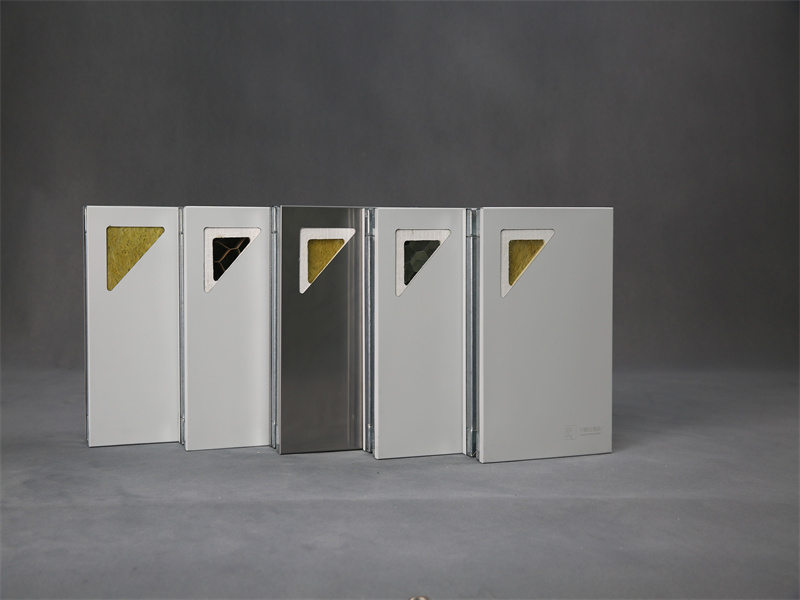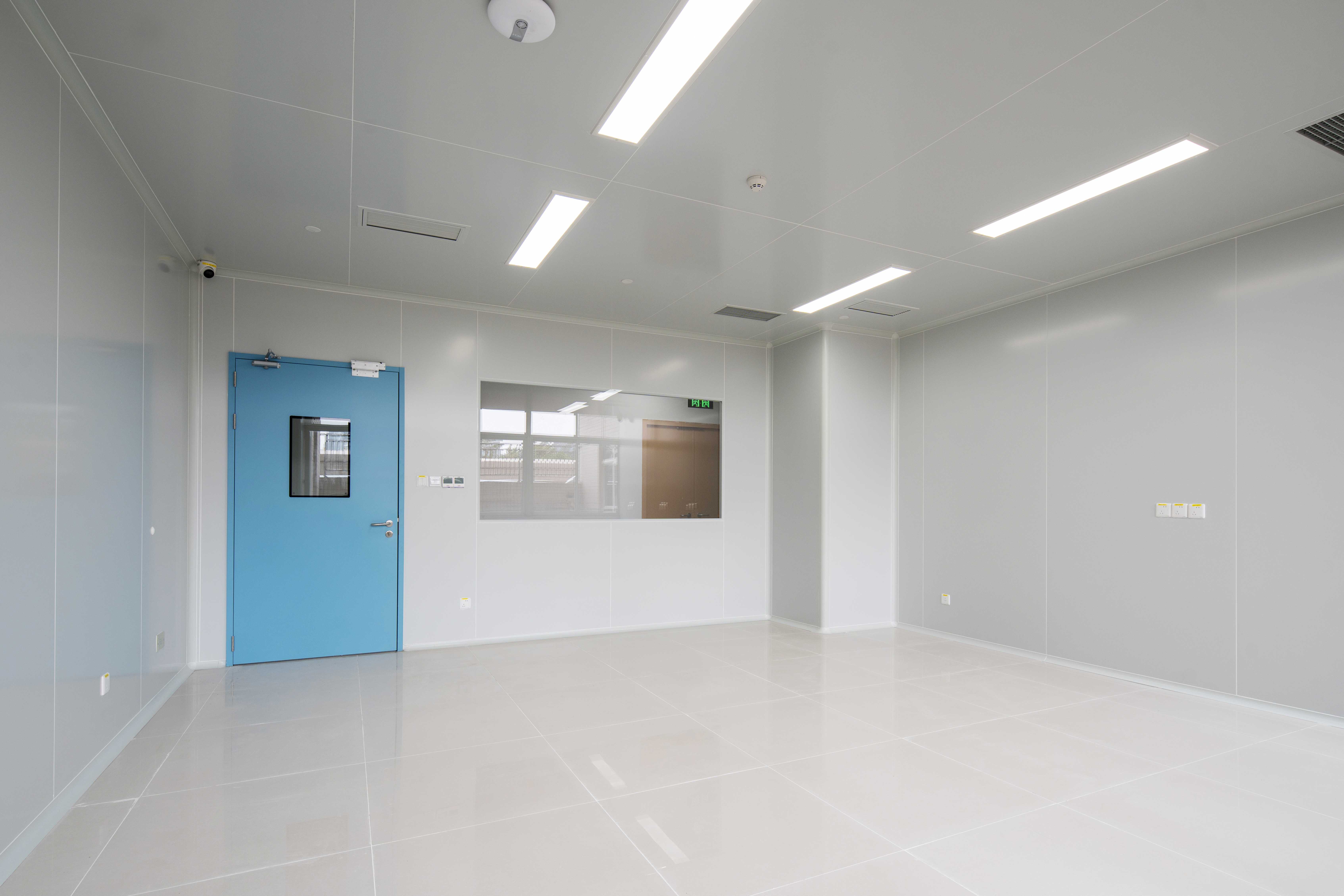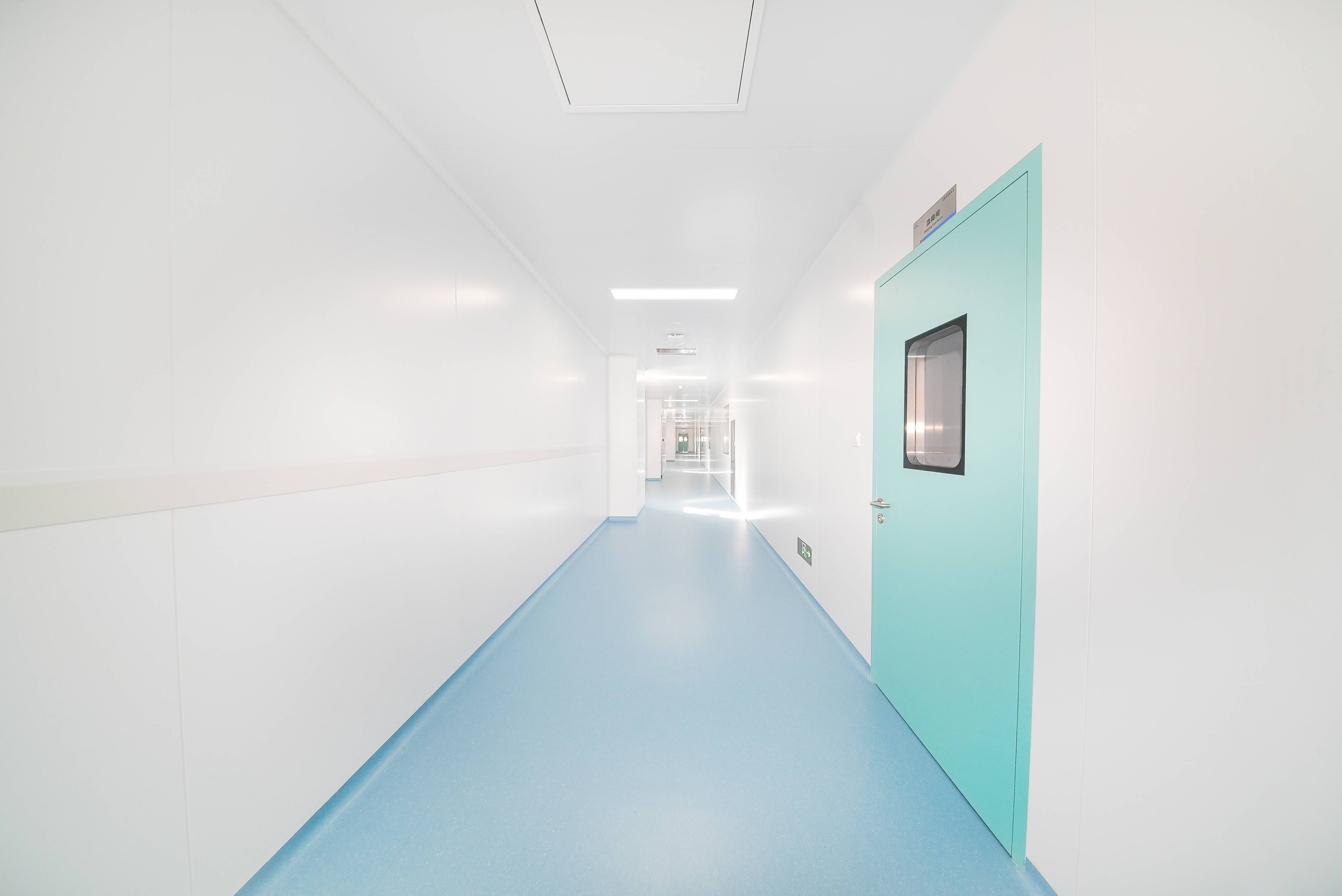We have a passion for unconventional solutions that bring your vision to life.
Cleanroom partitions are an important component of the cleanroom structure. They are mainly used to separate areas of different cleanliness levels, optimize space layout, and serve multiple functions, such as soundproofing, dustproofing, antistatic, and thermal insulation. They not only meet the high standard requirements for air cleanliness in clean environments but also take into account aesthetics, practicality, and ease of maintenance. They are widely used in high-tech fields such as semiconductors, pharmaceuticals, bioengineering, food processing, new energy, and precision instrument manufacturing.
A cleanroom, also known as a dust-free room, is a space where particulates, harmful air, bacteria, and other pollutants are controlled to extremely low concentrations. The internal temperature, humidity, air pressure, airflow speed and direction, noise, vibration, and lighting must be controlled within certain standard ranges. Cleanroom partitions are part of the enclosing structure of a cleanroom, typically consisting of a metal frame, sandwich panels, sealing strips, and connecting hardware. They are used to physically isolate spaces and define functional areas.

The material of cleanroom partitions directly affects the performance of the entire clean system. Common partition materials include:
Color-coated sandwich panels: These are composed of double-sided color-coated steel plates and a core material (such as polyurethane, rock wool, paper honeycomb, magnesium oxide board, etc.). They have good thermal insulation, fire resistance, and corrosion resistance properties, making them the most commonly used partition materials in cleanrooms.
Aluminum honeycomb panels: Lightweight, high-strength, high-flatness, and environmentally friendly, they are widely used in high-grade clean environments.
Stainless steel panels: With smooth surfaces and strong corrosion resistance, they are suitable for areas with high requirements for antibacterial and antistatic properties.
Glass partitions: Mainly used to control the visual transparency of areas, often combined with other materials.
Strong Sealing: The partition system uses specialized sealing strips and high-precision installation techniques to ensure tight interfaces, preventing air leakage.
Easy to Clean and Dust-Free: With smooth and flat surfaces, they are less likely to accumulate dust and easy to clean and maintain, complying with GMP and ISO clean standards.
Modular Design: Cleanroom partition systems often use modular structures, facilitating quick installation, dismantling, and reconfiguration to adapt to changes in production processes.
Corrosion and Antistatic Resistance: Selected materials have good chemical corrosion resistance, and some have antistatic coatings to effectively prevent static accumulation from affecting sensitive equipment.
Aesthetic and Elegant: Various colors and finishes are available, allowing coordination with the overall cleanroom design style, enhancing the visual effect of the space.

Biopharmaceutical Industry: Such as sterile formulation rooms and laboratories, where high cleanliness is required.
Electronics and Semiconductor Industry: Such as wafer production lines and chip packaging areas, where partitions are used to achieve spatial isolation for different processes.
Food Processing: Used for isolation between processing and packaging areas to prevent cross-contamination.
Hospitals and Laboratories: Such as operating rooms, sterile wards, and PCR laboratories.
By reasonably selecting cleanroom partition systems, the efficiency and stability of cleanroom operations can be improved, energy consumption can be reduced, equipment lifespan can be extended, and the overall product qualification rate can be enhanced.

As an indispensable structural element of clean spaces, cleanroom partitions embody the high integration of clean technology and architectural engineering. With the development of high-tech industries and the upgrading of production processes, higher standards are being set for cleanroom environments. Cleanroom partitions are continuously innovating in material selection, structural design, and construction techniques. In the future, green, environmentally friendly, intelligent, and modular designs will become important trends in the development of cleanroom partitions. Choosing a high-quality clean partition system is not only a key step in creating an efficient clean environment but also an important means for enterprises to enhance their core competitiveness.

Wiskind Cleanroom specializes in cleanroom enclosure system , ceiling system, cleanroom doors and windows and related product development, manufacturing, sales, consulting and services.